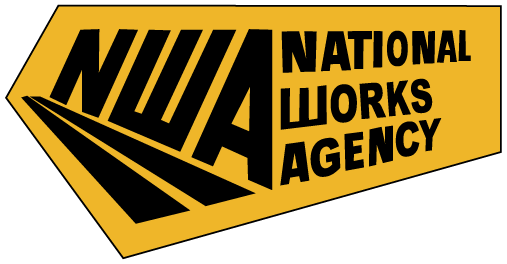
Mangroves located along shorelines are important for many reasons. Among them are protection of endangered species and protection of the shoreline. Mangroves also act as a nursery and are utilized as a renewal resource zone. Over two hundred different uses of mangroves and mangrove forests have been identified globally. Their location, interface between land and sea, the hardiness and the flexibility of these trees is the reason for their tremendous biodiversity, usefulness and productivity.
Shoreline Protection
Mangroves protect the shorelines from erosion by stabilizing sediments with their tangled root system preventing these from reaching neighbouring coral reefs and sea grass ecosystems. Mangrove systems have also been used for the polishing stage of sewage treatment. This is being done in Greater Portmore. They also protect the shoreline from damaging storm and hurricane winds, floods, turbidity and wave motion. Mangroves help to maintain water quality and clarity by filtering pollutants and trapping sediments that originate from land areas. In locations or regions where these coastal fringe forests have been cleared problems of erosion, flooding and siltation have arisen. Sometimes there is loss of human life and property due to destructive storms along coastal regions where these have been cleared.
Mangroves act as a Nursery
Mangroves serve as a nursery area for fish, shrimp, crustaceans, birds, finfish, manatees, reptiles, mollusks and other animals. They serve as breeding nursery and feeding ground for various species. Almost 75% of commercially caught fishes, parrotfish, snappers, jacks, doctor-fish as well as shellfish spend time in the mangroves ecosystems during some period of their life cycle, seeking shelter, food or using the mangroves location as a mating ground. They also serve as a critical component of the fishing industry. These habitats do not only provide an area rich in food supply but serves as a refuge from predators. Jamaica’s fishing industry will suffer decline if fish do not have access to healthy mangrove habitats.
Mangroves Protect Threatened and endangered Species
In addition to commercially important species such as fish, mangroves support and protect threatened and endangered species. These include sea turtles and crocodiles. These species use the mangrove systems during at least some portion of their life histories, while others reside there for entire life spans, feeding and nesting within the mangroves.
Mangrove – A Renewable Resource
In many parts of the world mangrove trees are used as a renewable resource. Mangroves provide a variety of forestry products. Examples of the main products include:
• Timber for housing, furniture, paper, boatbuilding, fish pots, scaffolding, railway sleepers, tool handles, fence posts, fishing and farming poles and match sticks.
• Textiles, tannins, waxes and dyes
• Fuel wood and charcoal
• Food and beverages – honey, alcoholic beverages, tea and condiments
Mangrove destruction and Rehabilitation
For many years Jamaican mangrove forests have been removed or destroyed for the construction of towns, settlements, roads, tourism development and various types of pollution. Between the 1950’s and 1970’s the importance of wetlands and their conservation was not in the context of the country’s development plans. Consequently, the culture of dumping up and filling in mangrove swamps for various reclamation activities developed. It became rampant. Since that time, views and attitudes have changed. These have been accompanied by changes in legislation that protect coastal zones and natural ecosystems such as mangrove swamps.
The Palisadoes
The development of the Palisadoes area, which includes the Caribbean Maritime Institute, the Royal Jamaica Yacht Club, the Norman Manley international Airport and the roadway leading to Port Royal resulted in the destruction of acres of mangroves. These developments had no requirements for conservation or mitigation of the areas that were affected or the ecosystem functions of the mangrove forests.
A Historic and Modern Approach
The shore stabilization works along the Palisadoes Road shoreline by the National Works Agency represents a historic and modern approach to the restoration of the important mangrove ecosystem in the area. During implementation of this project over 4000 m2 of mangrove forests along the harbor side of the roadway was removed. Despite this, works are underway to restore mangrove forest cover in selected areas along the stabilized shoreline. This process includes the re-introduction of young mangrove plants that were removed from the site in 2012 and the planting of over 5,000 other mangrove saplings that have been raised, nurtured and hardened in a unique mangrove nursery at the UWI Port Royal Marine Laboratory.
The newly added plants will have to be protected from the huge amounts of solid waste originating from the numerous gullies which float into the Kingston Harbour. The garbage that is lodged along the shorelines, are often large and heavy enough, furniture and drift wood, to break developing mangroves. The Life Sciences Department of the University of the West Indies has partnered with the National Works Agency in implementing this important project. It is anticipated that the mangrove forests and associated ecosystems will be successfully restored and that this will benefit all stakeholders.



